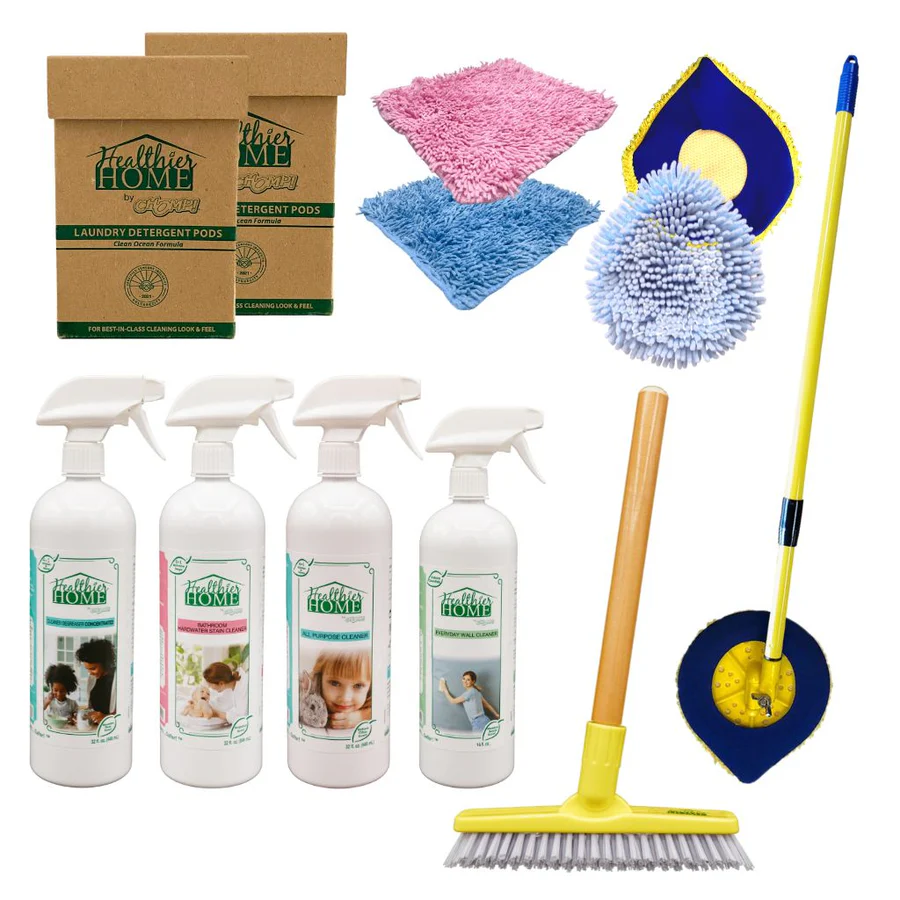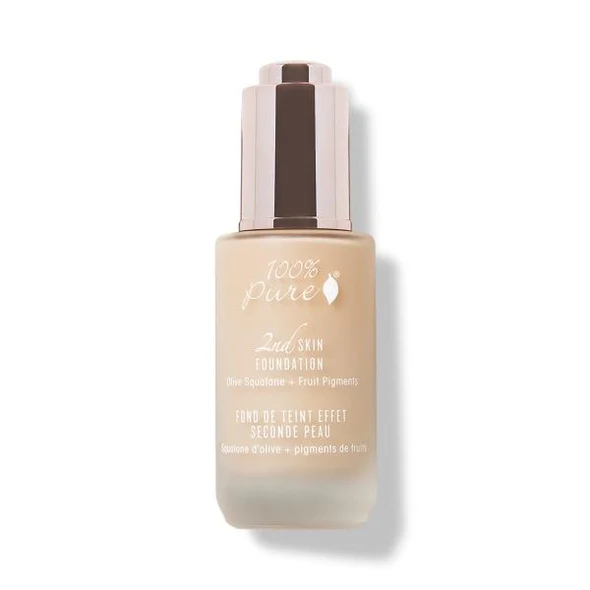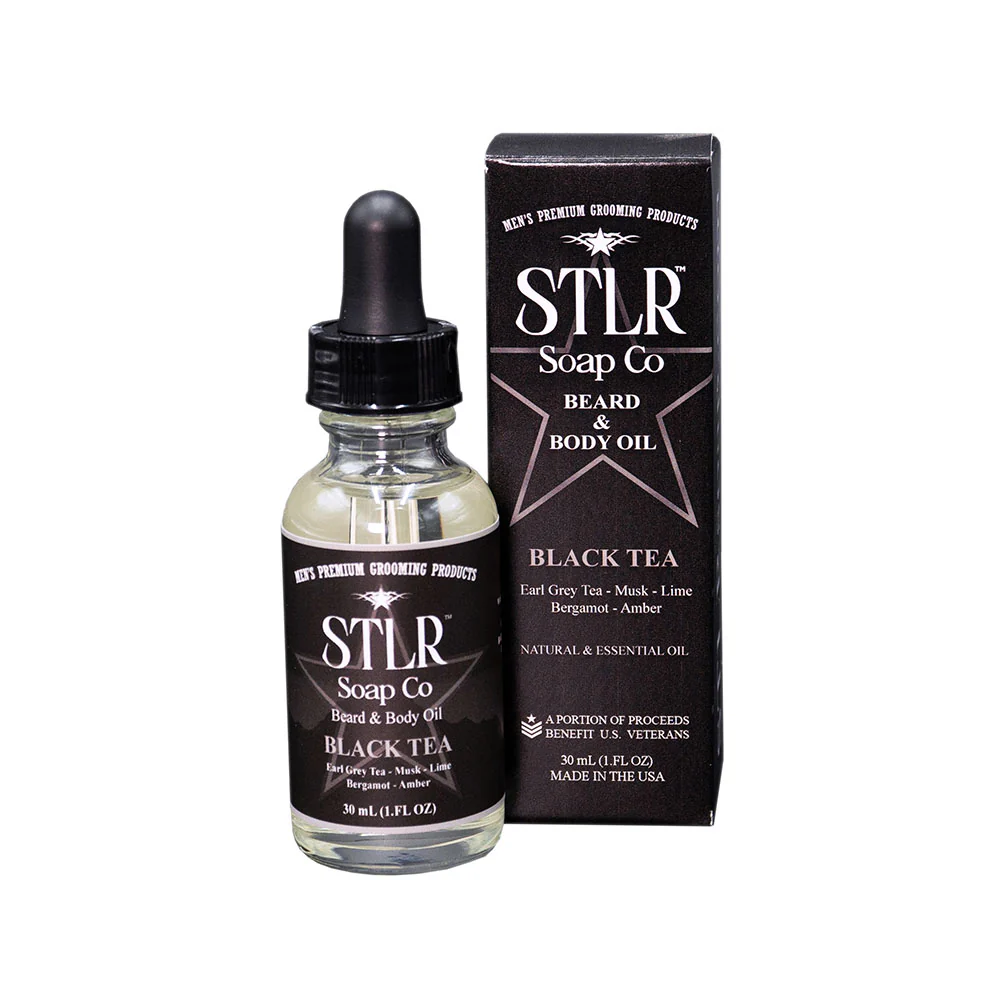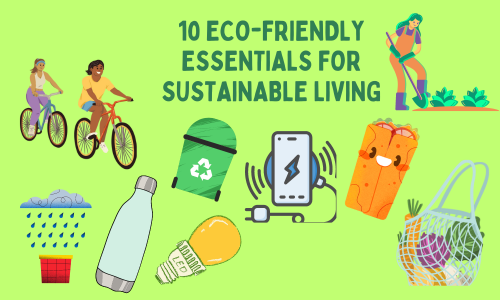This site may contain links to affiliate websites, and I may earn a commission for any purchases made through those links at no additional cost to you.

Ditch the Toxins: Choosing Eco-Friendly Household Products for a Healthier Home
Many of the everyday household products we use without a second thought can actually be quite harmful – both to our families and the environment. From cleaning supplies to personal care items, conventional products often contain a cocktail of toxic chemicals that can negatively impact our health and the planet.
However, the good news is that there are plenty of eco-friendly alternatives available that allow us to keep our homes clean and ourselves healthy, without the nasty side effects. Let’s take a closer look at some of the most common culprits and why switching to green products is a smart choice.
1. Healthier Home Products

Eco Friendly Cleaning Products Whole House Bundle
Clean your home completely from top to bottom with Eco Friendly Cleaning Products from Healthier Home Products. With this bundle you will be able to: Easily wash up to 140 loads of laundry; Clean your entire bathroom from top to bottom for months, safely refresh any room by gently cleaning painted walls, ceilings, and baseboards, tackle even the dirtiest grout on the planet!
Their fast-acting, water-based, grease cleaner/motor oil remover, is gentle enough for laundry stains and auto carpet cleaning. All with a fresh Mountain Peak Scent!
SAFE FOR: appliances, stainless steel, tile, copper, aluminum, brass, vinyl-sealed wood, plastic, rubber, and more.
USE ON: stove, oven, grill, car parts, rims, grout, bug splatter, and more.
2. Cleaning Products
Conventional cleaning products are notoriously bad for the environment. Many contain harsh chemicals like ammonia, chlorine, and phosphates that can pollute waterways and harm aquatic life. These toxins don’t just disappear once they’re washed down the drain – they end up in our soil, air, and drinking water, posing risks to human health as well.
Eco-friendly cleaners, on the other hand, use plant-based, biodegradable ingredients that are gentle on the environment. Simple DIY solutions like baking soda, vinegar, and castile soap can effectively clean your home without the chemical burden. These natural alternatives are also safer for your family, as they don’t release harmful fumes or residues.
3. Safe And Chic

Explore the world of 100% Pure, where beauty meets organic goodness. Discover a range of skincare, cosmetics, and bath products designed to nourish your skin and body naturally. Embrace award-winning products that are free from harmful toxins and proudly cruelty-free.
At 100% Pure, every item is crafted with high-quality ingredients, ensuring both quality and ethical standards. Dive into a commitment to natural makeup and skincare that’s as gentle on the planet as it is on your skin.
Join us in our mission for environmental sustainability, and know that every purchase from 100% Pure contributes to global community initiatives through donations. Experience pure beauty, inside and out, with 100% Pure.
4. STLR Soap Co

Black Tea Beard Oil coupon code 7746
Their all-natural organic soaps and beard oils!
Two guys with a big dream of making a great natural product for the one who wants to leave all those harsh chemicals behind, and still smell and feel amazing!
Sometimes it can be difficult to find great natural grooming products for men that aren’t created with harmful chemicals that hurt skin and the body’s natural function, while also smelling great and feeling like a million bucks.
5. Personal Care Products
From shampoo and toothpaste to makeup and sunscreen, many personal care items contain concerning ingredients like parabens, phthalates, and microbeads. These chemicals have been linked to hormone disruption, cancer, and environmental damage, as they often end up polluting waterways and harming marine life.
Switching to natural, organic personal care products can eliminate your exposure to these toxins. Look for items that are free of synthetic fragrances, dyes, and other questionable additives. You can also opt for reusable alternatives like menstrual cups and safety razors to cut down on plastic waste.
6. Electronics and Appliances
While we may not think of our laptops and toasters as environmental hazards, many electronic devices contain heavy metals and other hazardous materials that can leach into the soil and groundwater when improperly disposed of. The energy required to manufacture and power these items also contributes to greenhouse gas emissions.
When shopping for new electronics or appliances, seek out ENERGY STAR certified models that are designed to be more energy-efficient. And when it’s time to replace old items, be sure to recycle them responsibly to prevent toxic substances from ending up in landfills.
By making the switch to eco-friendly household products, you can significantly reduce your family’s exposure to harmful chemicals and your overall environmental footprint. It may take a bit of research and adjustment, but the benefits to your health and the planet are well worth it.
Here Are Some Examples of Toxic Household Products
- Charcoal lighter, paint thinner and remover, antifreeze, and turpentine
- Medicines (especially iron pills and food supplements containing iron), insect sprays, kerosene, lighter fluid, furniture polishes, paints and paint solvents, cleaning fluids, detergents, lye, soap powders, cosmetics, deodorants, alcoholic beverages, medicated skin creams, tobacco products, and lubricants like WD-40 and motor oils
- Antifreeze, bleach, drain cleaners, carpet/upholstery cleaners, ammonia, and air fresheners
- Air fresheners, alcohol, bubble-blowing solution, CD/DVD cleaners, cigarette butts, essential oils, glues, incense, make-up, and mothballs
- Air fresheners, bleach, oven cleaners, and hand sanitizers
- Tea bags, sunscreen, disposable chopsticks, makeup wipes, plastic straws, and toothpaste
The search results highlight that many common household products like cleaning supplies, personal care items, and even some electronics can contain toxic chemicals that are harmful to human health and the environment. These include substances like formaldehyde, phthalates, lye, and microplastics.
How to Safely Dispose of Toxic Household Products
Here Are The Key Steps For Safely Disposing of Toxic Household Products:
1. Identify hazardous products: Look for labels on products that indicate they are flammable, corrosive, reactive, or toxic. Common examples include cleaning supplies, paints, pesticides, batteries, and electronics.
2. Use up products completely: Try to use up the entire contents of hazardous products before disposing of the container. This eliminates the need to dispose of leftover waste.
3. Donate or give away unused products: If you have unused hazardous products in good condition, see if you can donate them to someone who can use them up. Check with friends, family, charities, or non-profits.
4. Dispose of containers properly: Empty containers should be placed in the regular trash, but make sure to remove lids first. Do not recycle containers that held hazardous products.
5. Find a hazardous waste collection site: Contact your local government or county solid waste department to find out when and where household hazardous waste collection events are held in your area. These facilities are equipped to properly dispose of toxic materials.
6. Follow disposal instructions: When disposing of hazardous products, carefully read and follow the instructions on the label. Avoid pouring anything down drains or throwing it in the regular trash.
The key is to avoid improper disposal that could contaminate the environment. Proper handling and disposal of toxic household products is crucial for protecting human health and the planet.




